For Product Registration and general enquires please contact us
Amsterdam Cutting Leaf Celery
$6.99 – $89.99
This cutting leaf celery is like the European cousin to our Summer Kintsai Celery. Both are grown for their leaves, not the crunchy stalks. Amsterdam Cutting Leaf Celery is a Dutch heirloom that is used traditionally to flavour soups and stews.
West Coast Seeds ships anywhere in North America. However, we are not able to ship garlic, potatoes, asparagus crowns, bulbs, onion sets, Mason bee cocoons, or nematodes outside of Canada. We regret, we cannot accept returns or damages for orders outside of Canada. The minimum shipping charge to the US is $9.99.
Description
More details about Amsterdam Cutting Leaf Celery
Apium graveolens secalinum. This cutting leaf celery is like the European cousin to our Summer Kintsai Celery. Both are grown for their leaves, not the crunchy stalks. Amsterdam Cutting Leaf Celery is a Dutch heirloom that is used traditionally to flavour soups and stews. It has larger leaves than stalk celery, and these can be harvested a handful at a time, as needed, rather than cutting the whole plant. The flavour is also more pronounced, a little bit similar to Italian parsley. The stems are hollow and can be quite fibrous, but they are excellent for making stock. This annual plant deserves a place in the herb garden. Matures in 80 days. (Open-pollinated seeds)-
- Leaf celery
- European cousin to Chinese celery
- Open pollinated seeds
- Matures in 80 days
All About Amsterdam Cutting Leaf Celery
How to Grow Celery and Celeriac

Step 1: Timing
Start indoors in late winter to mid-spring. Optimal soil temperature: 15-24°C (60-75°F). Seeds take up to 20-30 days for germination.
Step 2: Starting
Sow seeds no more than 5mm (¼”) deep, 3 seeds per pot, and thin to the strongest plant.
Step 3: Growing
Ideal pH: 6.0-6.5. Celery is a heavy feeder and needs rich, moist soil. Add compost to soil and apply ¼-½ cup of complete organic fertilizer per 1.5m (5′) of row. Transplant when seedlings are 10-12cm (4-5″) tall. Avoid transplanting until night time temperatures are reliably at 10°C (50°F) or warmer. Space transplants 30cm (12″) apart in rows at least 45cm (18″) apart. Water frequently. Premature bolting may result from young plants being exposed to temperatures below 13°C (55°F) for several days.
Step 4: Germination
Days to maturity: From transplant date. In optimal conditions at least 55% of seeds should germinate. Usual seed life: 3 years.
Step 5: Harvest
For best flavour and longer storage, water plants the day before harvest. Stalks on the outside of the plant can be harvested at any time. The entire plant may be harvested once the desired size is reached, but the home gardener should leave the plant in the garden and take only what is needed, leaving the root intact. If winter is not too cold, celery will stand in the garden until spring, allowing for light pickings for soups and salads.
Tips!
Pests: Aphids, Whiteflies, Cutworms, Tarnished plant bug, and Cabbage loopers. Diseases: Celery mosaic, Leaf blight, Black heart (calcium deficiency: add lime). Companion Planting: Celery is a good partner for beans, the Brassicas, cucumber, garlic, leek, lettuce, onion, and tomatoes.Additional information
| Matures | in 80 days |
|---|---|
| Season | Cool season |
| Exposure | Full-sun |
| Quantity | 0.5g, 2.5g, 10g, 50g, 250g |
You must be logged in to post a review.




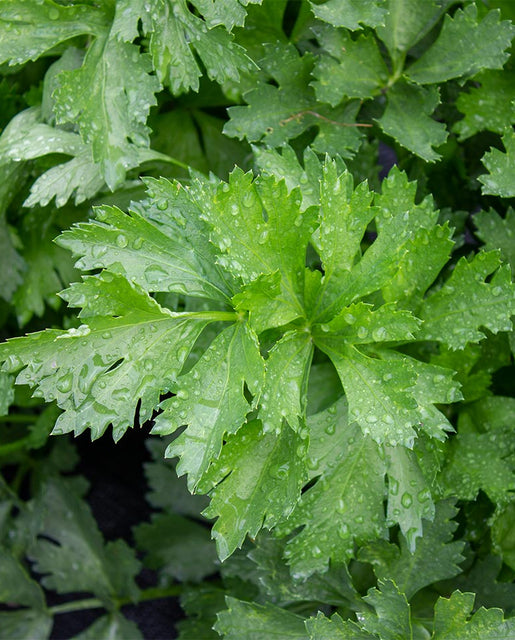
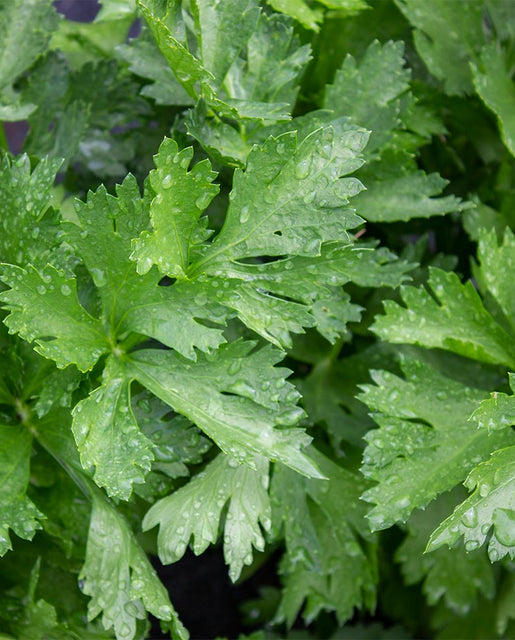
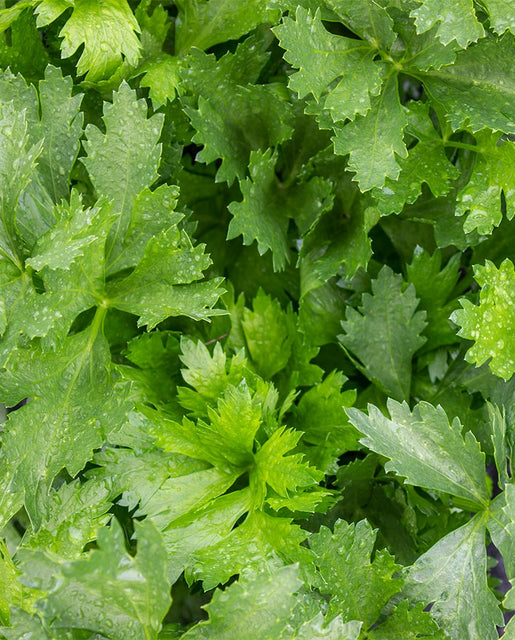
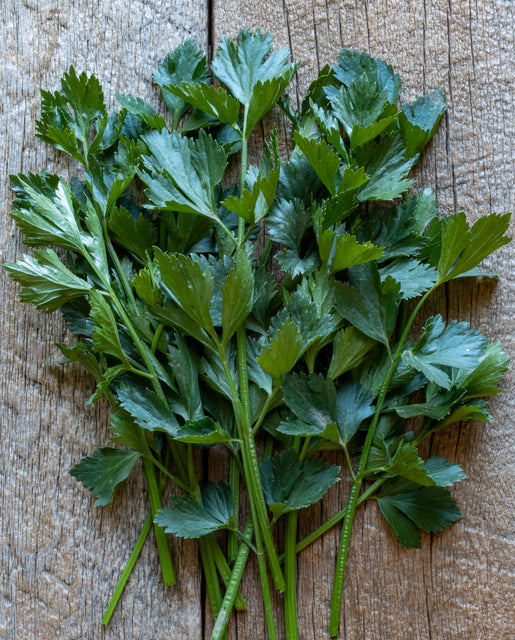
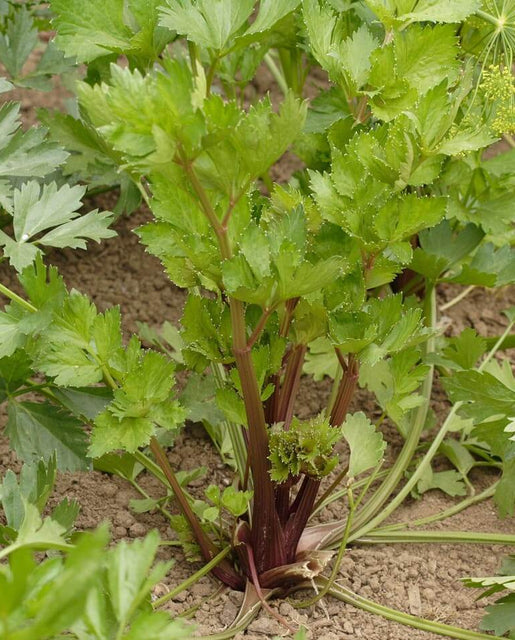
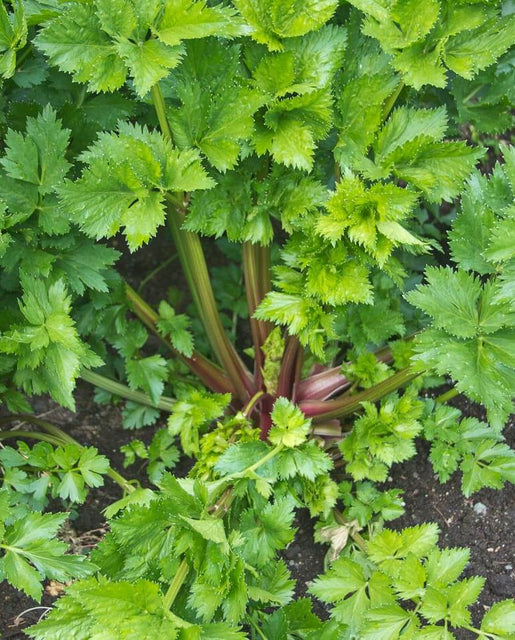




Reviews
There are no reviews yet.